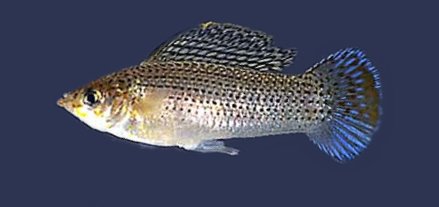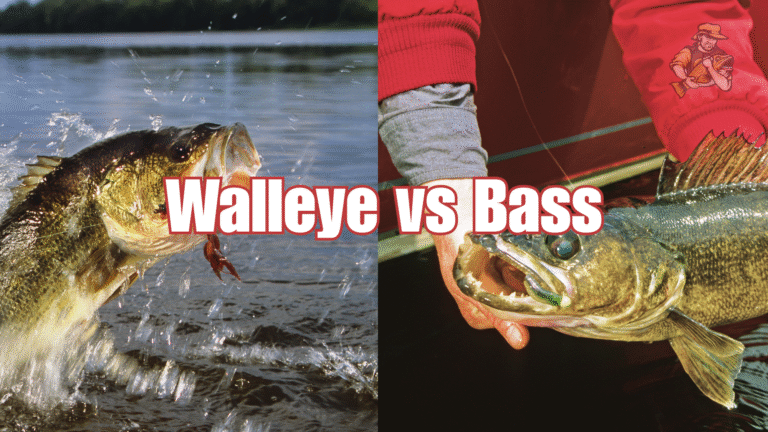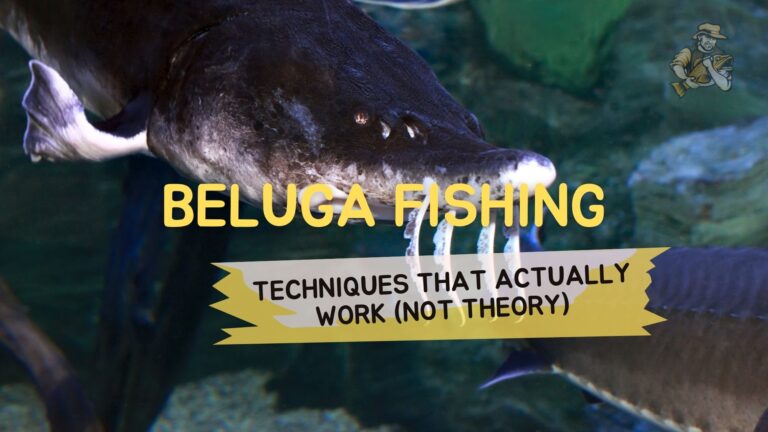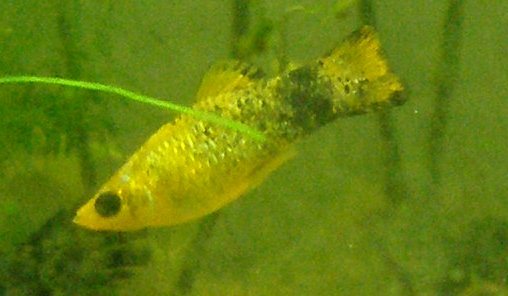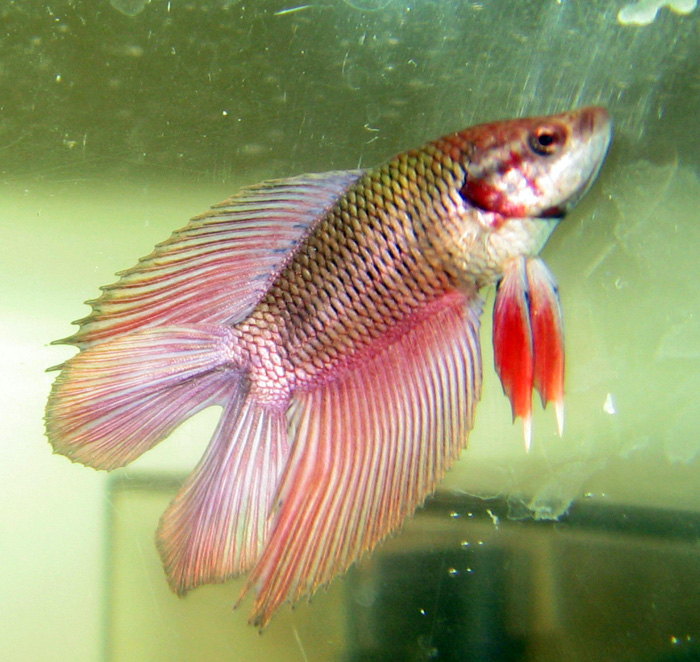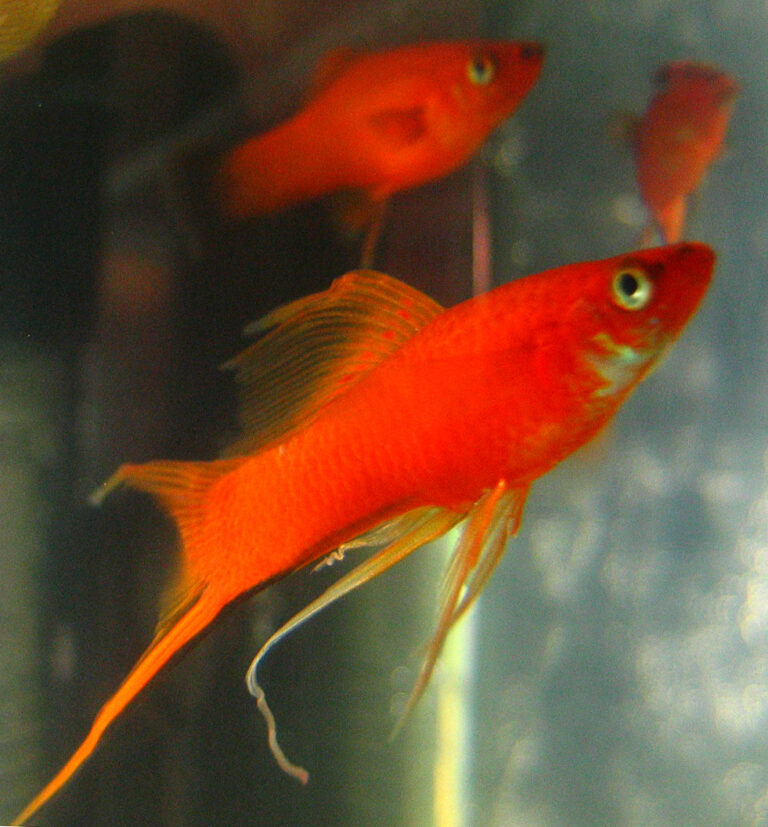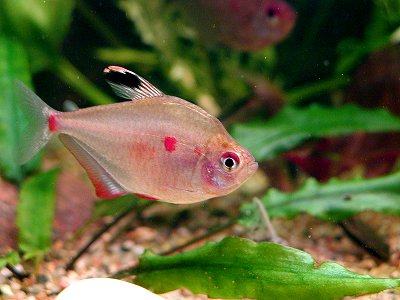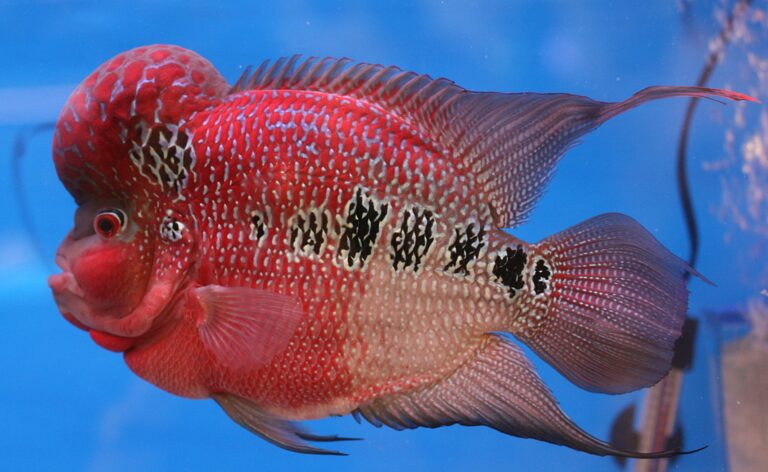Ice Fishing Techniques for Anglers in 2025
By Adam Hawthorne | Last Modified: May 11, 2025
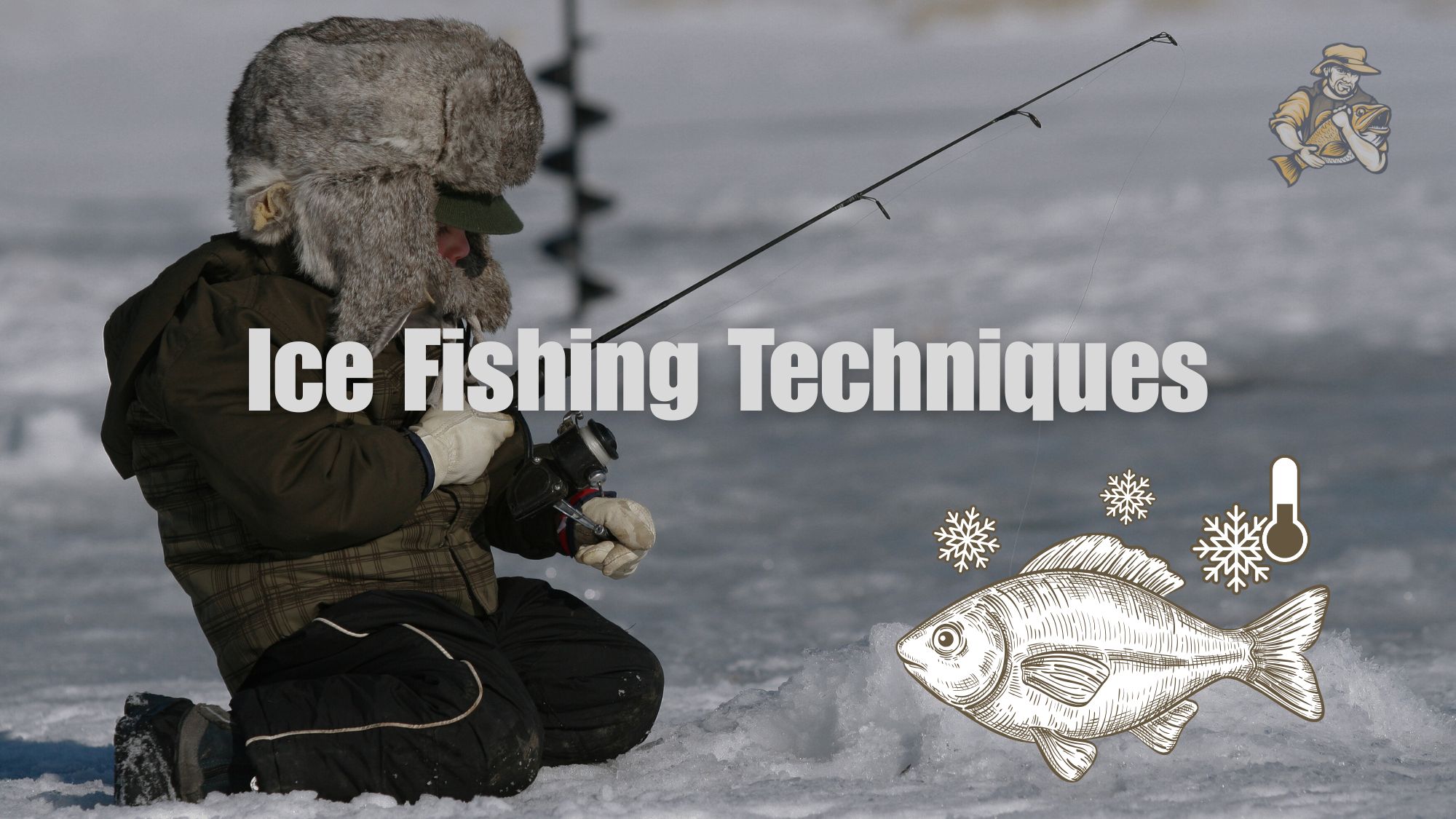
Last January, I was out on Higgins Lake during that brutal cold snap – you remember, when it dropped to minus 17°F. My buddy Dave and I had been drilling holes since 5:30 AM, and by noon we’d caught exactly nothing. Zero. Zilch. Then Dave mentioned something his great-uncle from Minnesota told him about “pendulum jigging,” and everything changed.
We landed 23 perch in the next two hours.
That’s the thing about ice fishing – you can know a dozen techniques and still get skunked if you’re not applying them right. And after 30+ years of Michigan winters spent on hard water, I’ve learned that success comes down to understanding when and how to use each technique, not just knowing they exist.
Essential Ice Fishing Techniques Every Angler Should Master
Ice fishing isn’t just summer fishing with more layers. The fish behave differently. The water column works differently. Hell, even your line behaves differently when it’s 10 degrees outside. But master these fundamental techniques, and you’ll consistently outfish the guys still using the same old “drop and hope” approach.
Jigging: The Foundation of Ice Fishing Success
I’ll be honest – if you only learn one ice fishing technique, make it jigging. I’ve probably caught 80% of my winter fish using some variation of jigging. But here’s where most anglers mess up: they think jigging means frantically yanking their rod up and down like they’re churning butter.
Wrong.
Good jigging is subtle. Fish under ice are lethargic. Their metabolism slows down. They’re not chasing fast-moving prey like they do in July. Last winter on Lake St. Clair, I watched a guy next to me aggressively jigging all morning without a single bite. Meanwhile, I was using tiny twitches – maybe 2-3 inch movements – and pulling in walleye after walleye.
The Michigan DNR’s winter fishing guide actually has some solid information on how fish metabolism changes in cold water, but they don’t tell you how dramatically this affects their feeding behavior. In water below 39°F, most fish won’t move more than a few inches to grab a meal.
The Pendulum Jig (My Secret Weapon)
Remember that technique Dave’s uncle mentioned? Here’s how it works:
Drop your jig to the bottom, then raise it about 12-18 inches. Now – and this is the critical part – let it swing in a gentle arc, like a pendulum. Don’t jerk it. Don’t pump it. Just let physics do the work.
The lure creates a subtle, hypnotic motion that triggers strikes from neutral fish. I’ve used this technique to catch everything from bluegill to lake trout. Works especially well in deeper water (20+ feet) where fish are more spread out.
Dead Sticking: When Less is More
Dead sticking drives Type-A anglers absolutely crazy. You literally do nothing. Set your rod in a holder, drop your bait to the desired depth, and wait.
Sounds boring?
Maybe. But it works.
I learned this technique the hard way during a tournament on Houghton Lake back in 2019. I’d been jigging for three hours straight – switching lures, changing depths, trying every trick I knew. The guy next to me had two rods set up doing absolutely nothing, and he was pulling in fish every 20 minutes.
Dead sticking works because sometimes fish want a stationary target. Especially in extreme cold (sub-20°F) or during low-light conditions, fish often prefer easy meals. Your motionless bait becomes the path of least resistance.
Pro tip: Use a spring bobber or ultra-sensitive rod tip when dead sticking. Fish often barely mouth the bait in cold water, and you’ll miss strikes with a stiff setup.
Sight Fishing Through the Ice (The Most Exciting Technique)
Sight fishing isn’t just for flats fishing in Florida. With the right conditions, you can watch fish approach your bait through the ice – and let me tell you, it’s addictive.
You need:
- Clear ice (obviously)
- Shallow water (2-12 feet)
- Something to block sunlight around your hole
I use an old camping tent with the floor cut out. Sounds ridiculous? My wife Lisa thought so too until she watched me sight-fish for bluegill last February. Being able to see how fish react to different presentations is a game-changer.
The first time I tried sight fishing through ice was on a small pond in Kalkaska County. I could see bluegill hovering just outside my bait’s range. Every time I moved the jig aggressively, they’d scatter. But when I just barely twitched it – talking micro-movements here – they’d inch closer. That day taught me more about winter fish behavior than any book or video ever could.
Swimming Lures (The Forgotten Technique)
Here’s something most ice anglers don’t consider: horizontal presentations. We get so focused on vertical jigging that we forget fish often cruise horizontally under the ice.
I discovered this by accident in 2021. Dropped my jigging rap too fast and it went sideways instead of straight down. A massive pike hammered it on the swing. Now I intentionally “swim” lures in wide circles under my ice hole.
The key? Use lures designed for horizontal action:
- Jigging Raps
- Puppet Minnows
- Rippin’ Raps
But – and this drives me nuts when I see other anglers doing it wrong – you can’t just wildly swing these lures around. Fish still want that dying baitfish action. Think wounded minnow, not caffeinated circus performer.
The Chum & Wait Method (When Nothing Else Works)
Chumming through the ice isn’t pretty, but sometimes it’s necessary. I learned this from an old-timer on Saginaw Bay who consistently out-fished everyone around him.
His secret? He’d crush up some commercial fish attractant mixed with oatmeal and drop small amounts down his hole every 15 minutes. Created a scent trail that brought fish up from deeper water.
I’ve modified his approach over the years. Now I use:
- Crushed aquarium food
- Powdered fish eggs
- Even crushed Cheetos (yeah, I know how that sounds)
The orange Cheetos dust actually creates a visible cloud that attracts perch. Don’t ask me why it works – it just does. Though I probably wouldn’t mention this technique to the purists at the local fishing club.
Flutter Spoon Technique (For Aggressive Fish)
Not all winter fish are lethargic. Sometimes – especially during early ice or late season – they’re surprisingly aggressive. That’s when flutter spoons shine.
The technique is simple but requires precise timing:
- Lift your rod tip sharply to make the spoon rise
- Let it flutter down on slack line
- Watch your line for any twitch or pause
- Set the hook immediately on any deviation
I’ve had days where flutter spoons out-produced everything else 10:1. Last March on Lake Charlevoix, the lake trout were so aggressive they’d hit the spoon on the upward sweep. Felt like summer fishing in 15-degree weather.
Advanced Ice Fishing Variations
Once you’ve mastered the basics, these advanced techniques can help you catch fish when others are struggling.
The Pound-and-Wait Technique
This one looks stupid, but it works. You actively pound the bottom with a heavy jig to stir up sediment, then quickly switch to a subtle presentation.
I stumbled onto this while fishing for walleye on Little Bay de Noc. Accidentally dropped my heavy jigging spoon, and it kicked up a mud cloud. Quickly dropped a minnow down on a light jig, and BAM – instant walleye.
The theory? Fish investigate the disturbance thinking another fish is feeding. Your subtle presentation becomes an easy target. Works especially well in 15-30 feet of water over soft bottoms.
Cadence Variations (The Rhythm Method)
Fish respond to rhythm. Not music (though my buddy Dave swears by playing Johnny Cash to attract catfish), but the rhythm of your jigging.
I’ve identified three basic cadences that work:
- Quick-quick-pause (great for perch)
- Slow lift, fast drop, long pause (walleye killer)
- Constant micro-vibrations (deadly on finicky crappie)
The trick is finding which cadence works on any given day. I’ll spend the first hour of each trip cycling through different rhythms until I find what triggers strikes.
The Hole-Hopping Strategy
Some guys drill 50 holes and spend all day running between them. Others park on one hole for eight hours. Both approaches are wrong.
My hole-hopping strategy is more methodical:
- Drill 6-8 holes in different depths/structures
- Fish each hole for exactly 15 minutes
- Mark productive holes on my GPS
- Return to productive holes later, but never fish any hole more than 30 minutes at a time
This approach keeps you covering water without wearing yourself out. Plus, giving holes a “rest” often makes them productive again later.
Tandem Rigging (Double Your Chances)
Tandem rigs were a game-changer for me. Tie a small spoon 18 inches above a live bait presentation. The spoon attracts fish from a distance, but they often hit the easier target below.
I first tried this during a slow day on Burt Lake. The guy teaching at the local ice fishing seminar suggested it might work for scattered fish. Ended up catching twice as many fish as single-presentation setups.
But here’s the critical detail he didn’t mention: use different colored lures on each presentation. Chrome spoon up top, chartreuse jig below. Gives fish options and tells you what they prefer that day.
The Deadstick-and-Jig Combo
Michigan allows two lines for ice fishing, and not using both is like fishing with one hand tied behind your back. But randomly setting two lines isn’t strategic.
I run one active jigging line and one deadstick, but position them strategically:
- Jigging rod targets aggressive fish
- Deadstick sits 5-10 feet away targeting neutral fish
- Never put them at the same depth
This setup has saved countless slow days. Fish attracted by the jigging action often hit the easier deadstick presentation. It’s like having a cleanup hitter in baseball.
Equipment Considerations That Actually Matter
Let me save you some money: you don’t need every fancy ice fishing gadget on the market. But the right equipment for each technique makes a massive difference.
For jigging, I use a 28-inch medium-light rod with a fast tip. The shorter length gives better control, and the sensitive tip telegraphs subtle bites. My favorite is still that beat-up St. Croix I bought used in 2015 – newer isn’t always better.
Dead sticking requires different gear. You want a longer, more flexible rod that acts as a shock absorber when fish hit. Spring bobbers are non-negotiable for this technique.
For sight fishing, polarized glasses are essential, even under a shelter. They cut glare and help you spot fish against the bottom. I learned this after squinting through ice for three seasons wondering why I couldn’t see fish others were spotting.
Line choice matters more than most anglers realize. I run 4-pound fluorocarbon for finicky panfish, 8-pound for walleye, and 10-pound braid with a fluorocarbon leader for pike. But here’s the kicker – in ultra-clear water, I’ll drop down to 2-pound test. Lost some big fish learning that lesson, but the increased bites are worth it.
Electronics are helpful but not essential. I fished successfully for 20 years without a flasher. But once I got one, my catch rates definitely improved. Being able to see fish approach your bait in real-time is incredibly valuable for adjusting techniques.
Location Strategies for Each Technique
Where you fish matters as much as how you fish. Each technique works better in specific locations:
Jigging excels over structure. Points, humps, and drop-offs concentrate fish. I’ve found my best jigging success where shallow flats meet deeper basins – fish cruise these edges looking for food.
Dead sticking works anywhere, but I’ve had particular success in deeper holes where fish suspend. Also killer over soft-bottom areas where fish root for bloodworms.
Sight fishing obviously requires shallow, clear water. Weed edges in 4-8 feet are perfect. Look for sandy or light-colored bottoms that make fish more visible.
Swimming lures need open water. Avoid areas with heavy cover below. Basin areas adjacent to structure are ideal – fish suspended over deep water often respond to horizontal presentations.
Flutter spoons work best over deep structure. Rocky points, sunken islands, and steep breaks hold the aggressive fish that chase these lures.
Weather and Timing: When Each Technique Shines
After three decades on the ice, I’ve noticed definite patterns in when each technique works best.
Jigging is most effective during stable weather. Those crisp, calm days with consistent barometric pressure. Fish are more active and willing to chase.
Dead sticking dominates during front passages. When that barometer’s dropping and fish get lockjaw, a stationary presentation often triggers strikes when nothing else works.
Sight fishing peaks during midday when sun penetration is highest. Overcast days can extend this window, but you need some light to see into the holes.
Swimming lures excel during low-light periods – dawn, dusk, and cloudy days. The reduced visibility makes fish more aggressive toward moving baits.
Flutter spoons work best during prime feeding windows. First ice, last ice, and major moon phases seem to activate the predatory instincts these lures trigger.
The pound-and-wait technique consistently produces during midday lulls when traditional approaches fail. Something about creating that disturbance triggers inactive fish.
Common Mistakes That Kill Success
Even experienced anglers make these mistakes. Hell, I still catch myself doing some of them:
Using line that’s too heavy. I get it – nobody wants to lose a big fish. But 20-pound test in clear water is like fishing with rope. Drop down and deal with occasional break-offs.
Fishing too fast. Ice fishing rewards patience. That “15 minutes per hole” rule I mentioned? Most guys give up after 5 minutes. The number of times I’ve caught fish in minutes 10-15 would amaze you.
Ignoring subtle bites. Winter fish often barely touch the bait. If something feels different – even slightly – set the hook. You’ll miss some, but you’ll catch fish others miss entirely.
Overdressing. Sounds counterintuitive, but sweating is your enemy. Layer properly and remove layers as needed. Wet clothes lose insulation value fast.
Not drilling enough holes initially. “I’ll drill more if this spot doesn’t work” usually means you won’t drill more. Get the work done early when you’re fresh.
Using summer fishing mentality. Aggressive retrieves, heavy tackle, and impatience don’t translate to ice fishing success. Winter fishing is a different game with different rules.
The Evolution of Ice Fishing Techniques (And What’s Coming)
Ice fishing has changed dramatically since I started. Modern electronics show us fish behavior we could only guess at before. New lure designs create actions impossible with traditional tackle.
But here’s my controversial opinion: the basics still matter most. All the forward-facing sonar and tungsten jigs in the world won’t help if you don’t understand fish behavior and basic presentation.
That said, I’m seeing interesting developments:
- Ultra-realistic soft plastics that maintain flexibility in extreme cold
- Glow technologies that actually make a difference (not just marketing gimmicks)
- Micro-presentations that catch pressured fish
The future probably holds more electronics integration. Already seeing guys using underwater drones to scout locations. Personally, I think that crosses the line from fishing to video gaming, but to each their own.
Regional Variations in Technique Application
What works on Lake St. Clair might fail miserably on Torch Lake. Regional differences in forage, water clarity, and fishing pressure demand technique adjustments.
Great Lakes ice fishing requires different approaches than inland lakes. The fish are often bigger, more scattered, and less pressured. I’ll use larger lures and more aggressive techniques on Lake Michigan than I would on local ponds.
Up in the U.P., where fishing pressure is minimal, traditional techniques often outperform fancy new methods. Sometimes the old ways work best when fish haven’t seen everything.
Downstate, where every decent lake gets hammered all winter, you need every edge possible. Finesse presentations, ultra-light line, and creative techniques become necessary.
River ice fishing – which terrifies many anglers – requires constant technique adjustment. Current affects everything from lure presentation to fish positioning. I’ve had good success with heavy jigs that maintain bottom contact despite moving water.
The Au Sable River taught me about river ice techniques. Most guys avoid moving water, but some of my biggest brown trout came through river ice. You just need to adjust everything – heavier weights, different hole placement, and extreme patience with fish that are fighting current all day.
My Most Controversial Ice Fishing Opinions
Since we’re being honest here, let me share some opinions that get me side-eye at the bait shop:
Electronics are overrated for most ice fishing. Yeah, I said it. A $1,000 live-scope setup won’t help if you can’t read basic ice conditions or understand fish behavior. I’ve watched guys with every gadget imaginable get outfished by old-timers using spring bobbers and waxworms.
Expensive ice augers are mostly about bragging rights. My 15-year-old hand auger still cuts holes just fine. Sure, the lithium-powered units are nice, but unless you’re drilling 50+ holes a day, save your money for better rods and reels.
Most “ice fishing specific” lures are marketing gimmicks. Take any small summer lure, add glow paint, and suddenly it’s an “ice lure” costing twice as much. Many of my best ice fishing lures are just downsized versions of summer favorites.
The “golden hour” is overrated for ice fishing. Unlike summer fishing, I’ve had just as much success at 11 AM as I have at dawn. Fish behavior under ice doesn’t follow the same patterns as open water.
Tip-ups are boring. There, I said it. Give me an active rod in my hand over watching a flag any day. I know plenty of guys who swear by them, but I’d rather be engaged with my fishing.
Real Safety Talk (Because Nobody Else Will Be This Honest)
Every article preaches ice safety, but here’s what they don’t tell you: Even experienced anglers take stupid risks. I’ve been guilty of it myself.
Two winters ago, I pushed my luck on early ice at Higgins Lake. The ice was making those singing noises – you know the ones. Should’ve turned around. Instead, I kept going until I heard a crack that made my heart stop. Made it back safely, but barely.
Here’s the truth about ice safety:
- 4 inches of clear ice is the minimum, but I won’t go out on less than 5 inches
- Pressure ridges can have thin spots even when surrounding ice is thick
- River mouths and springs create dangerous thin ice even in mid-winter
- That spud bar isn’t just for testing – it’s for getting yourself out if you do break through
I carry ice picks, rope, and a whistle. Not because I’m paranoid, but because I’ve seen too many close calls. And here’s something they don’t mention in safety articles: if you’re fishing alone (which I don’t recommend but sometimes do), tell someone exactly where you’ll be and when you’ll be back.
The Mental Game of Ice Fishing
Ice fishing is as much mental as physical. Sitting on a bucket in 10-degree weather, staring at a hole in the ice, waiting for something to happen – it’s not for everyone.
The key is staying engaged even when fishing is slow. I rotate between techniques, adjust depths, change lures. Movement keeps you warm and keeps your mind active. Some guys bring radios or phones. Personally, I prefer the silence. Let’s you focus on those subtle line twitches and ice Rod movements.
But I’ll admit – there are days when the mental game beats me. Last February, I sat on Burt Lake for six hours without a single bite. Not even a bluegill. Those days test your commitment to the sport.
Weird Tricks That Actually Work
Over the years, I’ve discovered some unconventional techniques that sound ridiculous but produce fish:
Tapping your rod handle with a fingernail creates vibrations that sometimes trigger strikes. Learned this from an old Finnish guy on Mullett Lake. No idea why it works, but it does.
Chewing wintergreen gum and spitting near your hole. Something about the scent attracts perch. Yes, I know how this sounds.
Using a laser pointer to attract fish in clear, shallow water. Discovered this by accident when my grandson was playing with one on the ice. Perch and crappie will investigate the red dot.
Dropping small pebbles down your hole. Creates a disturbance that curious fish investigate. Works especially well for walleye.
Playing with your bait using tweezers instead of jigging. Allows incredibly precise movements that sometimes trigger finicky fish.
Night Fishing Through the Ice
Most people pack up at sunset, but some of my best ice fishing happens after dark. Different species become active, and fishing pressure disappears.
Walleye are the classic night biters, but don’t overlook crappie. They often suspend higher in the water column after dark and become surprisingly aggressive. I use glow jigs tipped with minnows and keep the action subtle.
Burbot (lawyers) are almost exclusively night feeders. Ugly as sin but excellent table fare. They hug bottom and prefer big baits. I’ve caught them on everything from dead smelt to hot dogs (another weird trick that works).
Night fishing requires extra preparation. Good lights, warm clothes, and someone knowing where you are become even more critical. Ice conditions can change rapidly at night when you can’t see warning signs.
Catch and Release Considerations
Winter catch and release requires extra care. Fish exhausted from a long fight in cold water have lower survival rates. Here’s how I handle release fishing:
- Use appropriately sized tackle to land fish quickly
- Keep fish in the water as much as possible
- Don’t let fish flop on the ice – their protective slime freezes instantly
- Return fish headfirst to help water flow over their gills
- Consider keeping a few for dinner instead of releasing everything
I’ve shifted more toward selective harvest in winter. Taking a limit of perch or a couple walleye for dinner causes less overall harm than catching and releasing 50 fish in a day.
The Social Aspect of Ice Fishing
Ice fishing creates unique social dynamics. Unlike summer fishing where you might never see another angler, ice fishing often becomes a community event.
Some of my best fishing buddies are guys I met randomly on the ice. There’s something about sharing a successful spot or helping someone land a fish that creates instant connections.
But ice fishing etiquette matters:
- Don’t set up too close to other anglers (50 feet minimum unless invited closer)
- Share information about what’s working
- Offer help if someone’s struggling
- Keep noise reasonable – sound travels far on ice
- Clean up your area – nobody wants to see your trash frozen in the ice
The annual perch tournament on Houghton Lake perfectly captures this community spirit. Thousands of anglers, yet everyone generally gets along and helps each other out.
Teaching Kids Ice Fishing Techniques
Taking kids ice fishing requires different approaches. Attention spans are shorter, cold tolerance is lower, and boredom sets in quickly without action.
I learned this with my son Tommy and daughter Emma. Here’s what works:
Start with panfish in shallow water. Bluegill and perch provide consistent action. Use small, colorful jigs that kids can see working through the hole.
Make it interactive. Let them drop the bait, feel the bites, set the hooks. Even if they miss fish, they’re engaged and learning.
Keep sessions short initially. Two hours max for young kids. Better to leave them wanting more than have them associate ice fishing with misery.
Bring snacks and hot chocolate. Amazing how much longer kids last with warm drinks and treats.
Use tip-ups as “their” lines while you actively jig. Gives them ownership and excitement when flags pop.
Focus on fun over fish numbers. Some of my best memories are from trips where we caught very little but had great conversations.
Final Thoughts on Mastering Ice Fishing Techniques
After 30+ years on Michigan ice, I’m still learning new techniques and refining old ones. That’s the beauty of ice fishing – it’s simultaneously simple and complex.
The techniques I’ve shared aren’t just theoretical knowledge – they’re hard-won lessons from thousands of hours on the ice. Some came from other anglers, some from experimentation, and many from failure.
Remember this: No technique works every time. Fish have personalities, preferences, and bad days just like us. The key is having multiple approaches in your arsenal and knowing when to switch.
Don’t get caught up in having the latest gear or fanciest electronics. Master the basics first. Understand your local waters. Pay attention to subtle details. Most importantly, enjoy the unique experience of fishing through ice.
Whether you’re jigging for walleye on Saginaw Bay or sight-fishing for bluegill on a farm pond, these techniques will help you catch more fish. But they’re just tools. The real magic happens when you combine them with patience, observation, and a genuine love for winter fishing.
Ice fishing isn’t for everyone. It’s cold, sometimes slow, and requires dedication. But for those who embrace it, ice fishing offers rewards beyond just fish. There’s something pure about sitting on a frozen lake, surrounded by silence, waiting for that subtle tick that means a fish has taken your bait.
So bundle up, check your gear, and get out there. The ice won’t last forever, and neither will these opportunities. Who knows? Maybe you’ll discover your own secret technique that revolutionizes how you fish.
Just remember to share it with the next generation. That’s how fishing knowledge survives – one tip, one technique, one story at a time.
Now if you’ll excuse me, I need to go organize my ice fishing gear. Again. Lisa says I have a problem, but I call it being prepared. Besides, that new tungsten jig I ordered just arrived, and the weekend forecast shows perfect ice fishing conditions…

Meet Adam Hawthorne
I’m a lifelong fishing enthusiast who’s spent years exploring rivers, lakes, and oceans with a rod in hand. At Fishing Titan, I share hands-on tips, honest gear reviews, and everything I’ve learned about fish and ocean life, so you can fish smarter and enjoy every cast.
Share:

Meet Adam Hawthorne
I’m a lifelong fishing enthusiast who’s spent years exploring rivers, lakes, and oceans with a rod in hand. At Fishing Titan, I share hands-on tips, honest gear reviews, and everything I’ve learned about fish and ocean life, so you can fish smarter and enjoy every cast.
Related Articles
-
Black Molly
The Black Molly represents one of the most recognizable and enduring species in the freshwater aquarium trade, captivating both novice and experienced aquarists with its…
-
Walleye vs Bass: Different Strategies for Freshwater Predators
I still remember my first dedicated walleye trip back in 2009. After fifteen years of chasing mostly bass, I was convinced my usual tactics would…
-
Beluga Fishing: Techniques That Actually Work (Not Theory)
When it comes to beluga fishing, there’s a world of difference between what you read in theory and what actually works on the water. After…
-
Balloon Molly
The Balloon Molly (*Poecilia latipinna* var.) represents one of the most distinctive and popular ornamental fish varieties in the freshwater aquarium trade. This selectively bred…
Fish Species
-
Double Tail Betta
The Double Tail Betta, scientifically known as Betta splendens, represents one of the most distinctive and captivating variants within the diverse world of ornamental fish…
-
Red Swordtail
The Red Swordtail stands as one of the most recognizable and cherished freshwater aquarium fish in the world. Known scientifically as Xiphophorus hellerii, this vibrant…
-
Bleeding Heart Tetra
The Bleeding Heart Tetra represents one of the most distinctive and peaceful freshwater fish species in the aquarium trade, captivating enthusiasts with its characteristic bright…
-
Flowerhorn Cichlid
The Flowerhorn Cichlid represents one of the most distinctive and culturally significant hybrid fish species in contemporary aquarium keeping. Created through selective breeding programs beginning…

